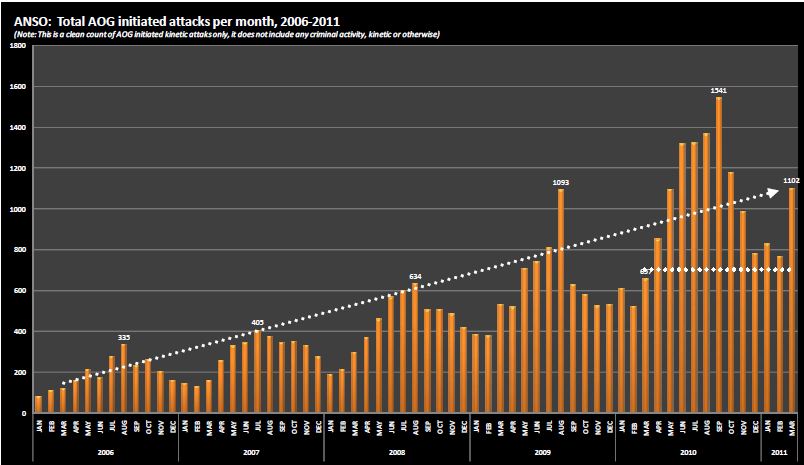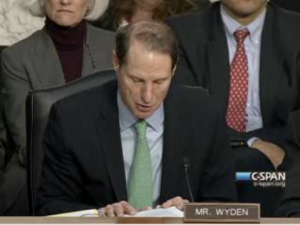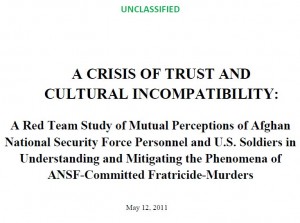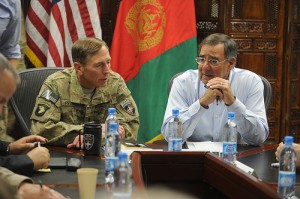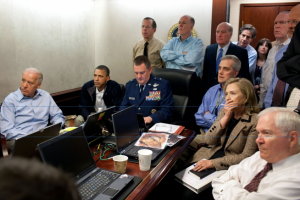What Is Government Covering Up with the Imprisonment of Yemeni Journalist?
Jeremy Scahill has a disturbing story of how President Obama intervened to make sure Yemen kept journalist Abdulelah Haider Shaye imprisoned even after domestic pressure convinced then President Ali Abdullah Saleh to release him. [Note, I’ve adjusted the order of Scahill’s report to make Obama’s intervention more clear]
After Shaye was convicted and sentenced, tribal leaders intensified their pressure on President Saleh to issue a pardon. “Some prominent Yemenis and tribal sheikhs visited the president to mediate in the issue and the president agreed to release and pardon him,” recalls Barman. “We were waiting for the release of the pardon—it was printed out and prepared in a file for the president to sign and announce the next day.” Word of the impending pardon leaked in the Yemeni press. “That same day,” Barman says, “the president [Saleh] received a phone call from Obama expressing US concerns over the release of Abdulelah Haider.”
[snip]
On February 2, 2011, President Obama called Yemeni President Ali Abdullah Saleh. The two discussed counterterrorism cooperation and the battle against al Qaeda in the Arabian Peninsula. At the end of the call, according to a White House read-out, Obama “expressed concern” over the release of a man named Abdulelah Haider Shaye, whom Obama said “had been sentenced to five years in prison for his association with AQAP.”
[snip]
Saleh rescinded the pardon.
Shaye’s apparent crime?
Interviewing Anwar al-Awlaki–effectively the equivalent crime for which the US imprisoned Al Jazeera journalist Sami al-Hajj and wiretapped Lawrence Wright, independent contact with people associated with al Qaeda.
Although, as Scahill describes, Yemen trumped up a bunch of evidence to insinuate closer ties between Shaye and AQAP. Scahill also notes that one of the key claims made to justify the killing of Awlaki–his celebration of Nidal Hasasn’s attack on Fort Hood–came in part from Shaye’s reporting, which included a number of questions that challenged Awlaki and called him on his inconsistency.
Read the whole article–it’s infuriating.
I wanted to point out a few points of timing with respect to Shaye’s imprisonment, because I think the government may have specific reasons it wants Shaye to remain in prison.
Yemen’s intelligence agents first detained Shaye in July 2010. Then, he was arrested and detained on August 6, 2010. As Scahill notes, that was right as the US was ratcheting up its attempts to kill Awlaki (Awlaki was placed on the CIA kill list in April 2010, and the OLC memo authorizing his killing was completed in June 2010).
As it happens, that was also the period when State was just beginning to figure out which diplomatic cables might have been leaked to WikiLeaks. Mind you, State didn’t have a really good sense of what would be published until November of 2010, when the NYT happily told them.
But I do find it interesting that Obama’s call to Saleh came two months after WikiLeaks published this cable reporting a meeting between then CentCom Commander Petraeus and Saleh. As Scahill noted, the cable recorded Saleh boasting about lying about US airstrikes. But it also included this conversation about civilian casualties.
¶4. (S/NF) Saleh praised the December 17 and 24 strikes against AQAP but said that “mistakes were made” in the killing of civilians in Abyan. The General responded that the only civilians killed were the wife and two children of an AQAP operative at the site, prompting Saleh to plunge into a lengthy and confusing aside with Deputy Prime Minister Alimi and Minister of Defense Ali regarding the number of terrorists versus civilians killed in the strike. (Comment: Saleh’s conversation on the civilian casualties suggests he has not been well briefed by his advisors on the strike in Abyan, a site that the ROYG has been unable to access to determine with any certainty the level of collateral damage. End Comment.) Read more →

